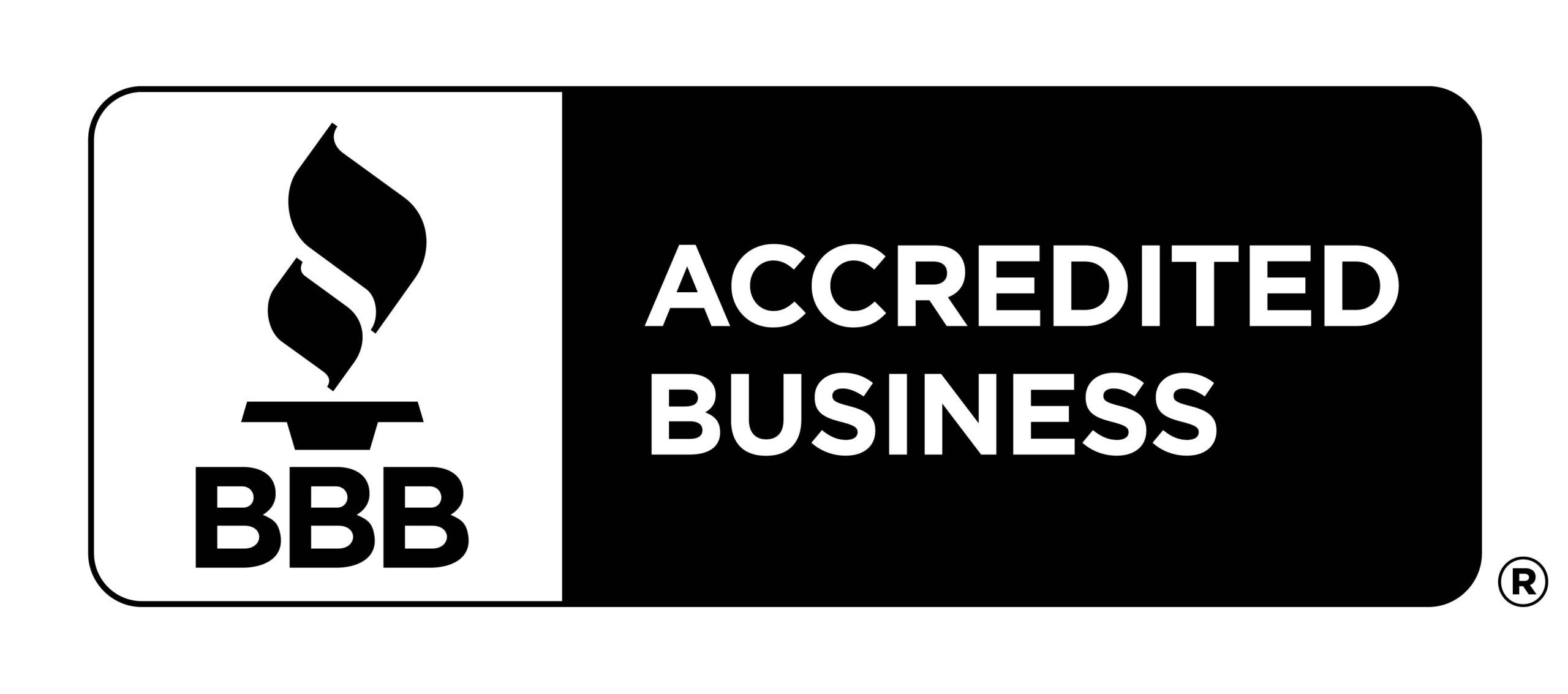Menu
When you think of a male-dominated industry, construction might be one of the first that comes to mind. According to the U.S. Bureau of Labor Statistics, of all the people working in construction, women comprise only 10.9%. Even smaller is the number of women on the front lines of a job site — only 1 for every 100 employees in the field. Women make up 47% of all employed individuals. This means that the construction industry is only benefitting from about 1.25% of women in the workforce.
There are several factors that explain this enormous gender gap, including unconscious gender bias, a lack of adequate training, and negative perceptions of women working in construction. Despite these barriers, women continue to build their path in the industry. According to Randstad, women in construction management roles increased by 9% in the UK between 2018 and 2020.
As new construction industry jobs are expected to balloon by almost 2 million in 2022, companies are looking to recruit more women than ever before to bring their skill sets into the field. When you think about it, women use the spaces, so they should be building them too.
 Women can take on any role in the construction industry. However, they are currently severely underrepresented in trade and executive positions. Just under 87% of women working in construction hold office positions, and only about 2.5% of tradespeople are women. Women also only make up about 14% of staff executive and 7% of line executive positions.
Women can take on any role in the construction industry. However, they are currently severely underrepresented in trade and executive positions. Just under 87% of women working in construction hold office positions, and only about 2.5% of tradespeople are women. Women also only make up about 14% of staff executive and 7% of line executive positions.
Despite these troubling statistics, many organizations are trying to promote more women into leadership positions. Women working in the industry inspire younger generations to follow in their footsteps.
Although women are still underrepresented in steel building companies, they are making significant progress as leaders in the industry. A substantial portion of women executives and construction managers entered those roles in the last five years. This suggests that companies have more recently promoted women to leadership roles.
Today, 13% of construction firms are owned by women, and 4% of new construction firms were launched by women in 2020. From 2014 to 2019, construction firms with women owners experienced a 64% growth rate, and 9% of women-owned firms achieved revenues greater than $500,000.
To enter a field like construction, women must have access to resources that address their specific needs in the industry. Fortunately, companies and associations are increasing their efforts to promote women within their organizations. They are educating young women about the benefits of working in the industry.
Women’s Organizations. Nationally recognized groups like the National Association of Women in Construction (NAWIC) and Women Construction Owners & Executives USA provide mentorship, marketing and networking opportunities to help women new to the construction industry.
Construction Courses. Construction companies in certain parts of the U.S. collaborate with the local community to offer courses and boot camp programs for young girls and women interested in the industry. Many cities also offer apprenticeship programs that strive to recruit women, prepare them for exams, and train them with job-specific skills.
Construction Forums and Conferences. Several conferences are held to celebrate and discuss the topic of women in construction. These include:
 Although more diverse representation in the construction industry isn’t a reality today, this report by McKinsey & Co. reveals that the most gender-diverse companies are 25% more likely to achieve above-average profitability than companies with less diversity. After a year of industry-wide growth in 2021, hiring more women is an optimal way to capitalize on that expansion.
Although more diverse representation in the construction industry isn’t a reality today, this report by McKinsey & Co. reveals that the most gender-diverse companies are 25% more likely to achieve above-average profitability than companies with less diversity. After a year of industry-wide growth in 2021, hiring more women is an optimal way to capitalize on that expansion.
In fact, that report found that construction companies with more women in executive line roles than staff roles experienced above-average financial performance compared to companies that didn’t. When 30% or more of executive-level positions were filled by women, those companies had a 48% likelihood of outperforming their least diverse competitors.
Although more diversity brings about more success, Randstad found that women executives are more likely to occupy staff roles (14%) than line roles (7%). This is in stark contrast to men in executive roles, with 33% operating as staff executives and 46% as line executives.
There is still much work to be done to include women in construction fully. To increase recruitment and improve retention, companies need to acknowledge and remove gender bias from their work culture, develop training programs, and local mentorship groups specific to women’s needs. They also need to include more women in the hiring process and encourage women to become role models for other women. Schools, colleges, and educational programs need to highlight the value of construction jobs for women and young girls so that they can see the industry as a viable career path.
Other obstacles that need to be dealt with in the construction industry include:
The current labor shortage in the construction industry presents an opportunity to hire even more women in construction jobs. While there have been many advancements in construction technology, many companies are hesitant to embrace them for a variety of reasons, including a staff shortage. Hiring and training women in the IT departments of construction companies can help with the staff shortage and improve companies’ diversity.
Although there are obstacles for women entering construction, diversity is a proven asset in driving profitability and a key component in solving the construction industry’s labor shortage. With more and more groundbreaking women chipping away at gender norms and leveling the playing field, the industry is taking bigger steps to become a more diverse and inclusive space for future generations.
At Forge, we are happy to employ many women executives who are spearheading the industry movement in the construction world.
